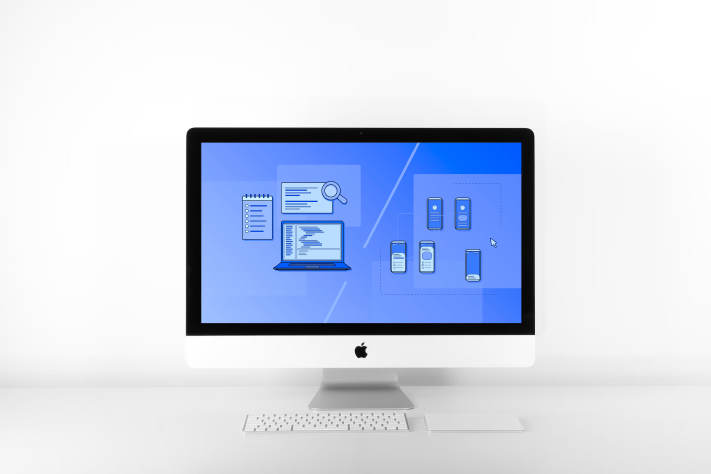Prototyping is a pivotal stage in the software development process that helps transform abstract ideas into tangible, interactive models. This critical phase is where the concept starts to take physical shape, allowing developers, stakeholders, and potential users to see, interact with, and provide feedback on a version of the product before its full-fledged development.
The prototyping process commences with a thorough analysis of the proposed software concept. This involves understanding the user requirements, defining the product's purpose, and specifying its functionalities. This stage also includes competitive analysis and feasibility studies to ensure that the envisioned product is viable and market-ready.
Next comes the UI (User Interface) design stage, where the look and feel of the product start to take form. Designers create wireframes and mockups, defining the structure and layout of the software. This process involves deciding the placement of different elements, the flow of information, and the overall visual aesthetics, ensuring an intuitive and engaging user experience.
Following the design stage is the development phase, where developers build the software prototype based on the defined specifications. They use suitable development tools and technologies to create a functional model that implements the key features and functionalities of the final product. It's important to note that the prototype doesn't need to have all the features of the final product; it just needs to depict the core functionalities effectively.
The prototype then goes through a rigorous testing phase where it's evaluated for usability, functionality, and overall user experience. This phase allows for the identification and rectification of any errors, gaps, or improvements. Feedback from this stage informs further iterations of the prototype, refining it until it aligns with the product's vision and user expectations.
Finally, the prototype is deployed for demonstration to stakeholders or potential users. This step often serves as the basis for securing funding or approval for full development, providing a tangible representation of the software product and its potential. Once the prototype is approved and any necessary revisions have been made, the software goes into full production, building upon the foundation laid by the prototyping process.








